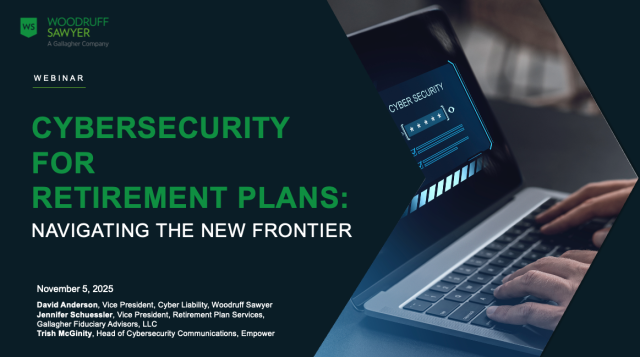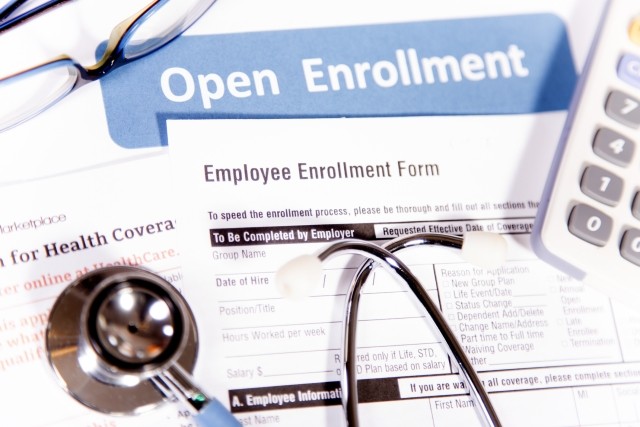Blog
Strategies for Effective Employee Communication and Engagement
In today’s fast-paced work environment, keeping communication clear and engaging with your team is more important than ever. With the increasing complexities brought on by diverse workforces, remote teams, and various communication platforms, keeping employees informed and engaged has become more challenging. But here’s the bright side: your employees want to be in the know. They care about Human Resources updates, benefits, and payroll news because these things impact their lives directly.
Employee engagement is a hot topic, primarily because workers are feeling less engaged in today's workforce. This is especially true since hybrid work has become more common, and employees are regularly at their home office with limited in-person interaction. HR has the responsibility and the opportunity to increase engagement by reaching employees with important topics, including on-demand content, through a variety of channels.
Whether it's great news about a new employee benefit or challenging news about a significant cost change, knowing how to communicate effectively with your employees has never been more important.
Use More than One Communication Channel to Reach Employees
Confused about which communication channels to use? If you're dependent on just one, you may be missing out on an opportunity to stay connected with your employees. It takes time and resources to track these messages, so choose the channels you will consistently use.
Email is the best means of communicating with employees. Whether it's an email blast about the upcoming benefits enrollment or an announcement of an upcoming health fair, HR considers this the top way to reach employees.
But email has two roadblocks. First, most employee inboxes are overflowing with everything from customer requests to project updates, and they may overlook a benefits email. Secondly, less than 100% of your staff has internal email addresses. If your employee base includes people who don’t have traditional desk jobs with a company email address, you won't reach everybody. Make sure you have the email addresses of everyone you need to contact, or an alternative channel to reach them.
Town hall meetings are a great way to personally interact with your workforce. Live meetings connect a face and a voice and create a personal connection. Live meetings can also be broadcast to remote workers so they feel connected.
Collaboration tools like Slack, Teams, and other platforms can connect your workforce. They let people interact quickly, seamlessly, and remotely. The downside? Make sure you have a way to distinguish important messages from casual conversations.
In-person one-to-one meetings are still the primary way employees want to communicate with HR, especially when they have a question. Whether it's a phone call or a scheduled meeting, ensuring that your employees have live access to the HR team keeps them informed and engaged.
Printed materials like bulletin boards, newsletters, and handouts never go out of style. For onsite workers, they are a visual cue that keeps them connected throughout the day.
Electronic communications like short videos and custom apps are also vital, especially for remote workers and distant locations. On-demand videos that are less than a minute long are more dynamic than just words on a page, and 24/7 accessibility allows employees flexibility. With apps, you can send push notifications with important HR and benefit information.
To increase communication and engagement, establish channels that your workforce knows you will use and leverage them consistently for company-wide information or one-to-one conversations.
Millennials are more likely to prefer mobile apps (26%) to get information about employee benefits, versus Gen X (16%) and baby boomers (7%).
Source: Voya Financial
Your Diverse Workforce Has Unique Communication Needs
Today's workforce is comprised of up to five generations, each on their own journey, with their own history of experiences, traditions, and beliefs. From the Silent Generation to Baby Boomers to Generations X, Y, and Z, your workforce prefers different styles, content, and modes of communication.
Best practices for interacting with a workforce spanning many age groups include establishing cross-generational collaboration on projects, promoting cross-generational mentoring, training to enhance the skills of every generation, and focusing on commonalities, not differences.
Whether you're a multinational corporation or a small business with a few dozen employees, you probably have a diverse range of cultures, ethnicities, and genders. Bridging the gap between cultures requires more than traditional verbal or written communication. English-speaking countries are "low-context" and rely on words to communicate. Other cultures communicate in a larger context that may include body language (appropriate eye contact, gesticulating, bowing, and other traditions) as well as non-verbal cues.
Best practices for communicating in a multicultural environment include recognizing and respecting differences, setting the expectation of positive behavior, and implementing intentional communication to address the needs and communication styles of multiple groups.
Finally, you may have a growing number of employee classifications. In addition to traditional full-time, part-time, and temporary roles, the number of freelancers and contractors is growing, according to Forbes. In fact, over the past decade, an average of 1 million more people each year have done freelance work.
Reaching each of these groups can be challenging, given that they may work onsite, offsite, or on different shifts. Regular live meetings and team messaging platforms are just a few ways to keep remote and non-traditional workers engaged.
With an increasingly diverse and multi-generational workforce, employee experience is more important than ever when it comes to managing benefits and ensuring engagement. Reach out to your Woodruff Sawyer Account Executive for more resources on employee communication.
Author
Table of Contents










